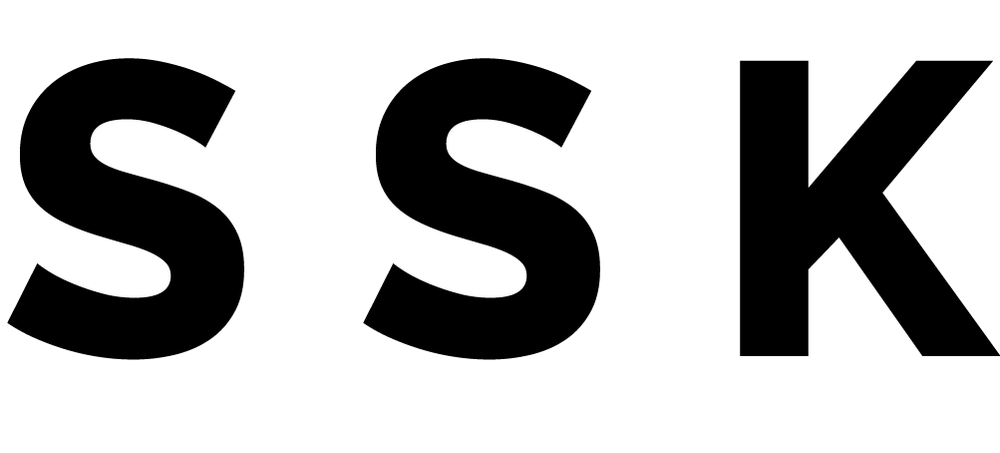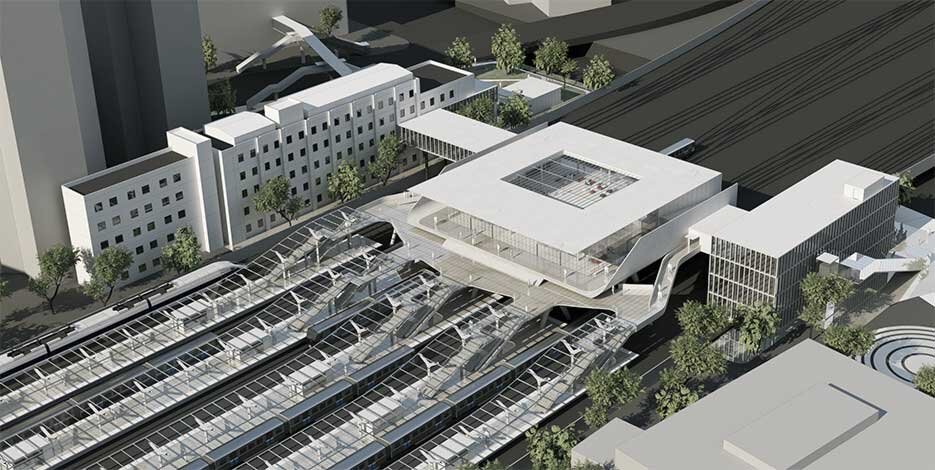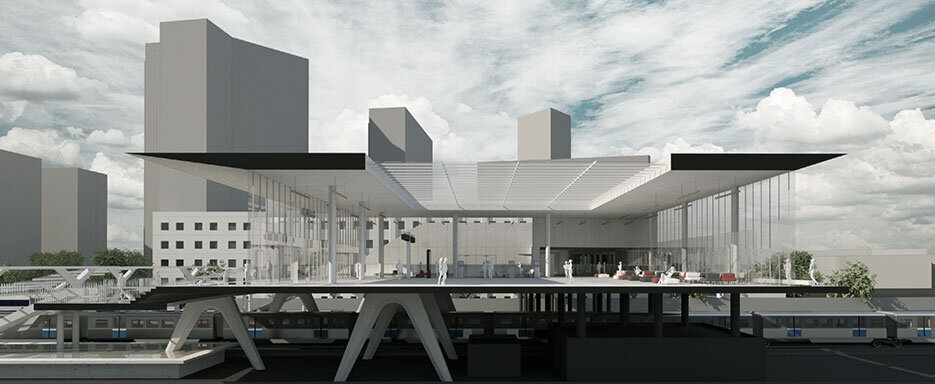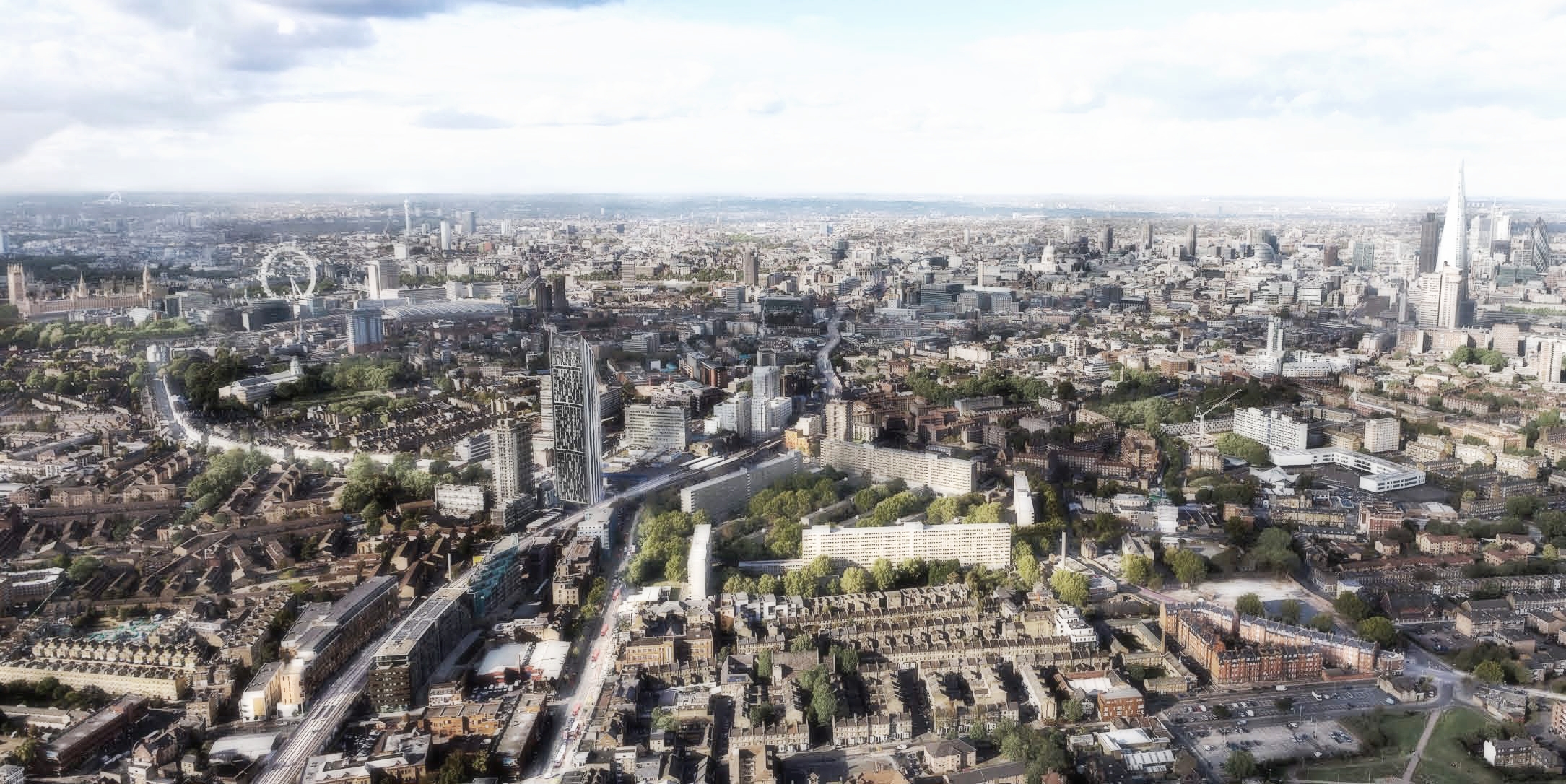I'm currently writing about a couple of topics what I've been observing. This is a part of the manuscript. A city is a textbook itself. An urban void, especially survived in a transition, is a keynote showing layers of the city. There should be a hidden feature in a place, which is remained in a strong demand of changing. So overlapping of urban voids is quite useful to understand urban context. If a specific place repeats transition from a certain point by implicit agreement of residences or a certain event, it becomes a historical point naturally. In most cases, big or small scaled voids in an old city in Europe were generated by this way. Such voids remained intentionally are protected by social agreement, and it makes a city healthy by responding flexibly to a demand of the era. Actually it comes from a European's instinctive repulsion to private ownership of a certain place. It is transformable according to variation of placeness rather than fixed use. It is sort of providing spatial blank for next generation. Bernauer Straße in Berlin and Carlsplatz in Düsseldorf are appropriate examples. Unlike Bernauer Straße in Berlin, which is reputable urban regeneration as preserving Berlin Wall, Carlsplatz in Düsseldorf is valuable place found in the middle of a survey recently. Carlsplatz is one of the oldest market squares in Germany still operated. It is located south of the old town in Carlstadt. Carlsplatz is a self-generated market, three centuries older than Covent Garden in London, which is appeared in a document in early 15century at first. In 1288, the transport of goods via the Rhine shipping sector increased, and benefited the market itself. Naturally the market was formed in Carlstadt adjacent to Rhein. This is the beginning of Carlsplatz where 60-market traders are still offer goods in 6-days a week. During the French occupation in 1797 and Prussians in 19th, it was first developed and used as a parade ground for garrison. Interestingly, after the end of the French era under the Prussians, the amusement prohibited by the French was allowed again during carnival, and the placeness of Carlsplatz was transitioned drastically. However, it was no longer allowed from 1888 because of the noise. As mentioned, the place has been preserved by social agreement, and the placeness has still been being accumulated from market - garrison - market. Carlsplatz became to be recognized as a place should be preserved rather than redevelopment. Placeness formed last 900-years has been being accumulated yet in between market units. As seen in pictures, steel and poly-carbonate panels are all the material. Even they were only used for structure, actual market units are portable in anytime. Actually the first impression to me was like modernised Campo de' Fiori in Rome. Even if it never be compatible with Campo de' Fiori, my favourite place, Carlstadt in Düsseldorf, germanic city unlike global hub such as Berlin or München, was quite impressive. Avoiding specific use is kind of European's habit in the process of urban planning. It is foundation of a sense of public in EU. It is part of applying democratic concept to space. Any dogmatic form or facade are not allowed. The identity of building is defined by communicating with surroundings rather than visual forming. And it is reflected in the concept of architecture and materiality, and secure sustainability at the end. That is the reason for systemisation of modern architecture. Simplified facade detail, durability of material, open planned layout actually reflect this notion.
주목해온 몇 개의 꼭지들로 원고 작업을 하고 있다. 그중 일부의 발췌다. 도시 자체가 교과서다. 도시의 보이드, 특히 구도심이 신도심으로 변하는 와중에도 살아 남은 보이드는 그 도시의 켜를 보여주는 단서가 된다. 강한 변화 요구에도 불구하고 버티고 있다면 그곳에는 숨겨진 이유가 있게 마련. 때문에 도시내 보이드의 중첩은 컨텍스트를 이해하는데 굉장히 주요하다. 특정 지역이 특정 시점부터 주민들에 의해 암묵적으로 합의되거나 또는 특정 사건을 계기로 변형을 반복하다보면, 자연스럽게 그 곳은 역사적인 장소가 되어간다. 유럽의 고도에 형성된 크고 작은 도시내 보이드들은 이렇게 형성된 경우가 대부분이다. 이렇게 의도적으로 남겨진 보이드는 사회적 합의에 의해 보호된다. 그리고 해당 시대의 요구에 유동적으로 대응하며 도시를 건강하게 한다. 사실 이는 특정 공간의 사유(私有)에 대한 유러피언의 본능적인 거부감에서 비롯된다고도 볼 수 있다. 해당 지역이 고정된 용도보다는 장소의 변화에 따라 변형될 수 있는 여지를 둔다. 일종의 다음 세대를 위한 공간적 여백 제공이다. 현재도 진행중인 베를린의 Bernauer Straße, 뒤셀도르프의 Carlsplatz 등이 그 적절한 예. 베를린의 Bernauer Straße는 베를린 장벽 보존으로 이미 잘 알려져 있는 도심 재생의 사례이나, 뒤셀도르프의 Carlsplatz는 얼마전 답사중 발견한 보석같은 장소다. Carlstadt 구도심의 남쪽에 위치한 Carlsplatz는 현재까지 운영중인 독일에서 가장 오래된 마켓 중 하나다. 15세기초 문서상 처음 등장한 런던의 코벤트 가든보다 3세기 앞서 형성된 자생적 마켓이다. 12세기말, 라인강 물류를 통해 재화는 증가했고, 마켓의 필요성도 커지게 된다. 자연스럽게 라인강에 인접한 Carlstadt에 마켓이 형성된다. 이것이 현재도 60여개의 유닛이 주 6일 쉼없이 돌아가는 Carlsplatz의 시초가 된다. 프랑스 점령기와 19세기 중엽 프러시안에 의해 주둔지로 이용되기도 했는데, 흥미로운 점은 프러시안 아래의 프랑스 통치 기간이 종료된후, 금지되었던 어뮤즈먼트가 카니발 기간에 다시 허용되면서 Carlsplatz의 장소성이 급변하게 된다는 점이다. 허나 1888년 부터 소음 문제로 이는 다시 금지된다. 앞서 말했듯, 사회적 합의에 의해 장소가 보존되었고, 마켓 - 주둔지 - 마켓으로 시대 상황에 맞춰 변화하며 지금까지 장소성을 축적해오고 있다. 그렇다보니, 재개발보다는 존치되어야 할 장소로 인식되면서, 시설물의 물성도 영향을 받게 된다. 빈틈없이 들어선 마켓 유닛들 사이로 900여년에 걸쳐 형성된 장소성은 여전히 축적 중이다. 사진을 보면 알 수 있듯이, 마켓의 건축 재료는 간소한 스틸과 폴리카보네이트 판넬이 전부다. 이마저도 기본적인 골조에만 사용되었고, 실제 마켓 유닛은 언제든 이동이 가능한 포터블 형식이다. 사실 이곳을 처음 방문했을때 느낌은 현대화된 로마의 Campo de' Fiori 정도랄까. 물론 내가 사랑해 마지 않는 Campo de' Fiori에 견줄 수는 없겠으나, 베를린이나 뮌헨과 같은 국제 도시와는 달리 독일의 습성을 그대로 지닌 뒤셀도르프의 구도심 속에서 마주쳤던 Carlstadt는 굉장히 인상적이었다. 특정 용도의 지양은 유러피언의 도시계획 단계에서 당연시되는 습관과도 같은데, 현재 유럽의 공공성의 근간을 이룬다. 민주적 관념을 공간에 적용한다고 볼 수 있는데, 이 과정에 충실하다보면, 건축의 볼륨이나 파사드에서 도저히 독단적 형태가 도출될 수 없다. 다시 말해, 시각적 형상으로 자신의 정체성을 보여주기 보다는, 주변부와의 소통을 정체성으로 삼게 된다. 이는 건축물의 컨셉과 물성에 자연스럽게 반영되어 지속가능성을 담보하게 된다. 현대 건축이 점차 시스템화되는 이유다. 파사드 디테일의 간소화, 재료의 영구성, 오픈 플랜 레이아웃 등은 이를 실제 반영한다.





















